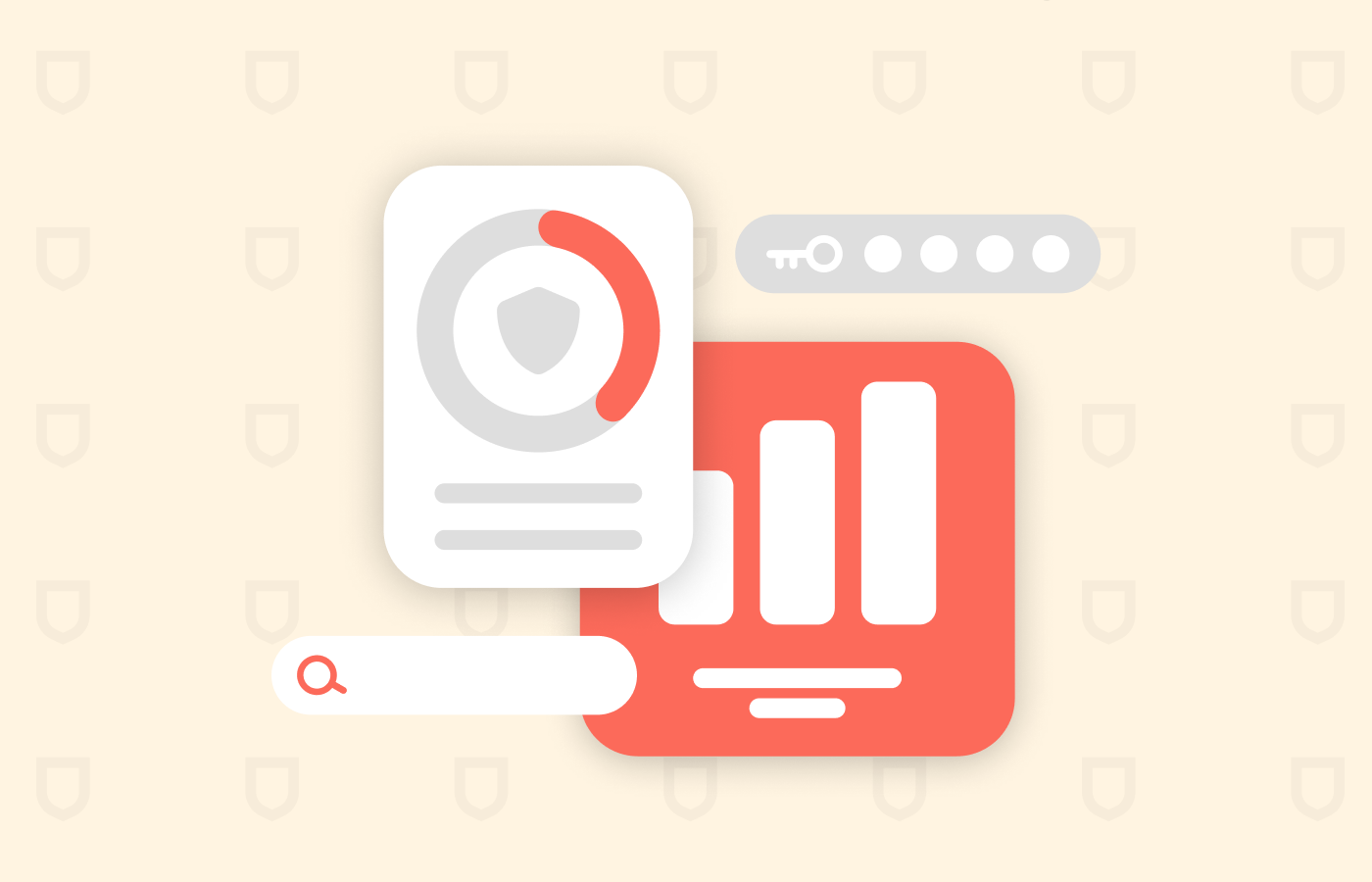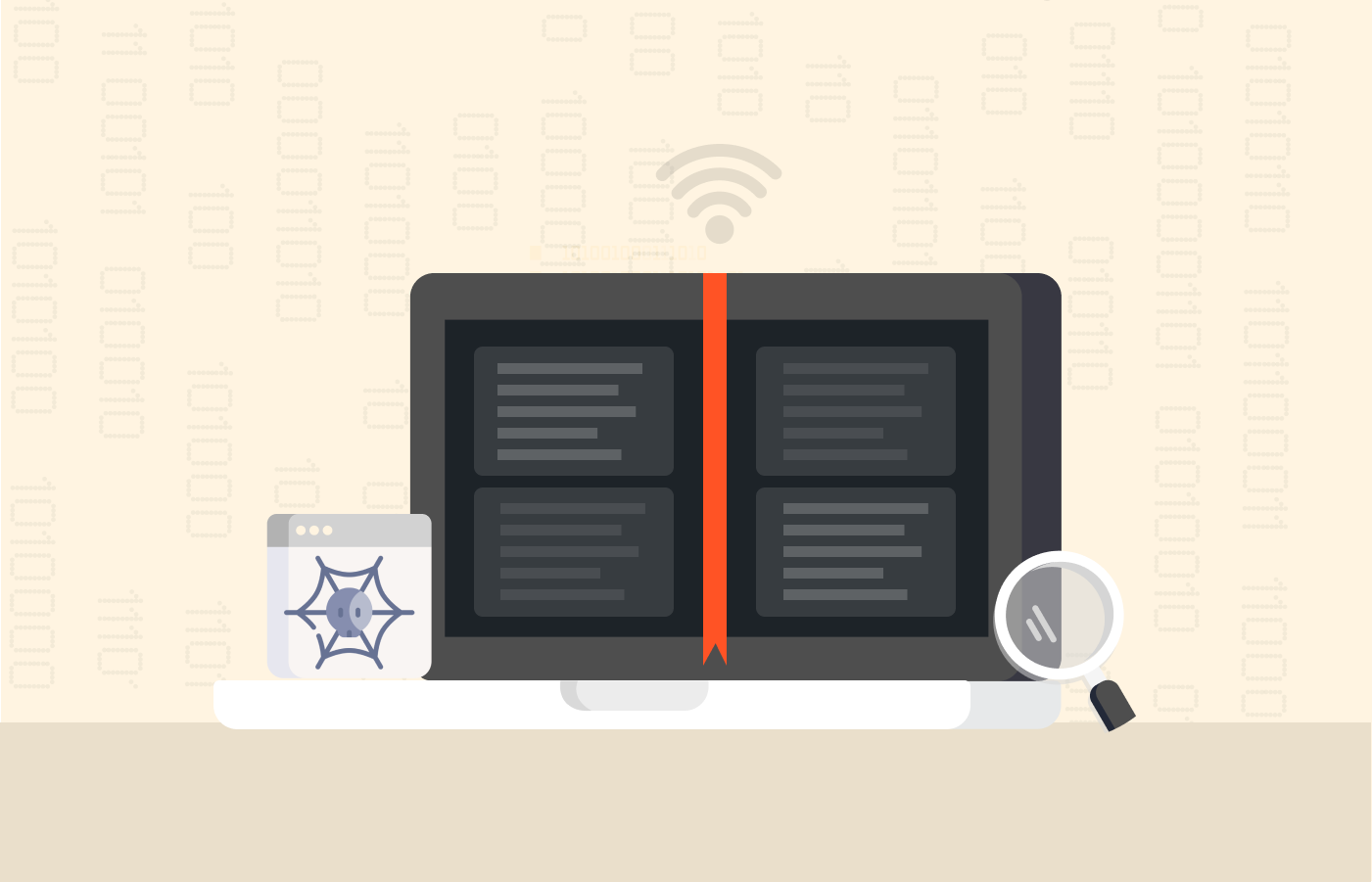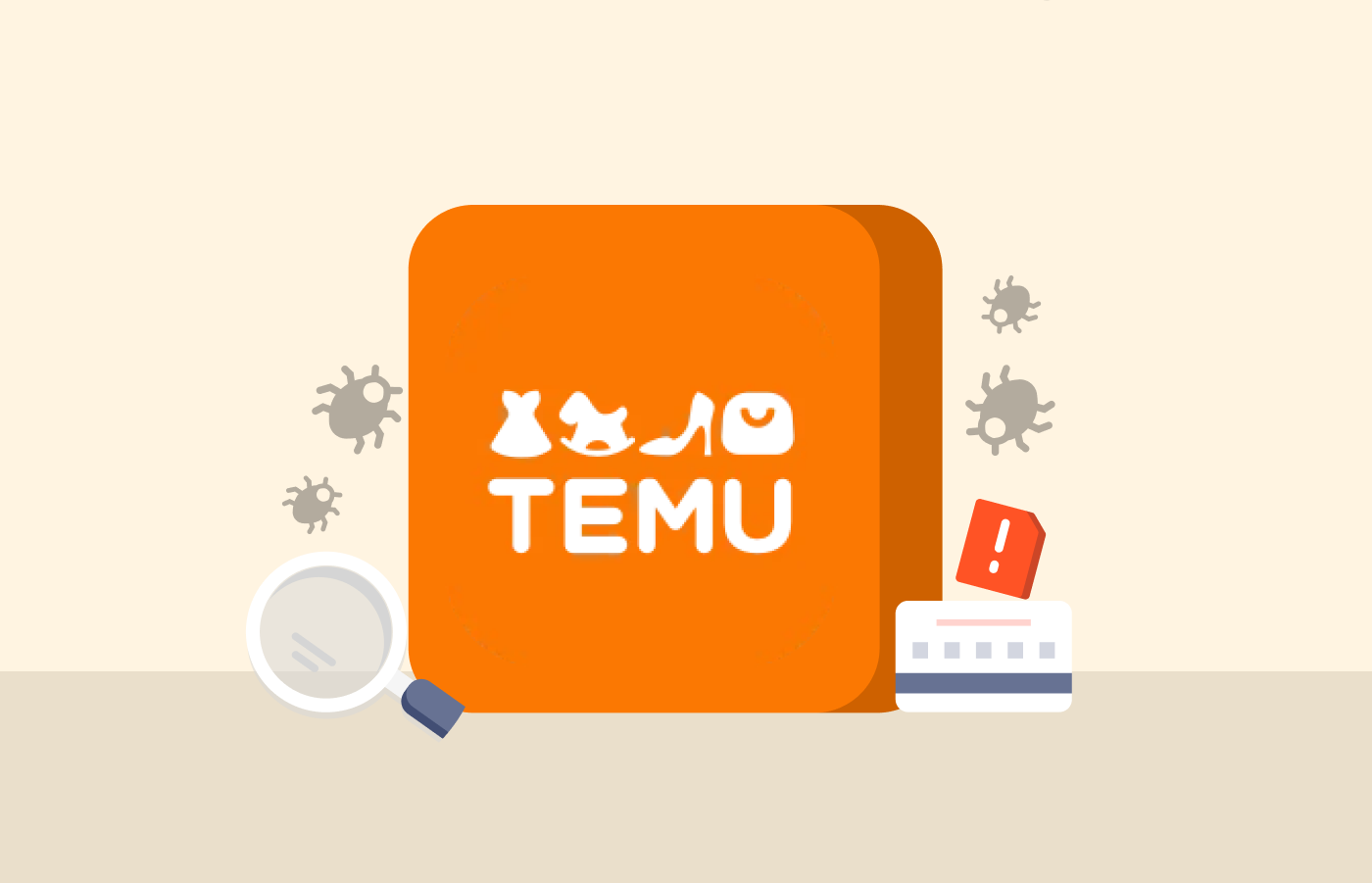Secrecy and security should be a priority, especially in our digitally inclined world. Many people think that having strong passwords or using an antivirus is enough to prevent hacking. However, there’s a lot more that you need to do and practice to protect your accounts and devices from hackers today.
The University of Maryland conducted a study in 2007 that concluded that hackers attack every 39 seconds. That was back in 2007; imagine how hackers’ operationsfastmight have gone by now.
If hacking happensyourselfthat frequently, how can you keep trusted online? Indeed, Luckily, that does not require a fortune. We list 35 practical ways to keep hackers at.bay Let’sdive in.
The quick to minimize the danger ofchecklistgetting hacked
- Update frequently: Regularly update your device’s OS and applications. These updates usually ship with fixes to bugs and vulnerabilities. Therefore you must be running the latest firmware and app version.
- Password strengthening: Don’t reuse the same password across your logins. If a hacker manages to access your password, it can unlock your other accounts. Also, use a password manager and change passwords many times a year. Lastly, make use of a 2-factor authentication system for your logins.
- Download safely: Only download applications from your OS’s official marketplace if possible. Official app vendors scan the apps it allows on its platform, making it safer for users. However, if you need to download app files and side-load them to your device, ensure that the website you’re downloading from is reputable and safe.
- Admin accounts protection: Don’t use your admin account if you’re doing usual tasks and installing programs on your computer. The admin account has the highest privilege and control of your computer, making it vulnerable. If you use your computer as an administrator and a hacker has broken in, it can control and exploit more data than when it’s only a regular user account.
- Turn-off when not in use: Turn off or close the devices and accounts that you’re not using. For instance, make sure to power off the computer or your WiFi when not in use. You should also log out from your accounts after using them. Similarly, turn off sensors on your devices such as Bluetooth, NFC, and Hotspots to reduce the probability of being hacked.
- Encrypt your devices and internet data: Try encrypting files in your devices and cloud storage using a VPN to mask your internet traffic. Also, encrypt your emails and conversations using secure messaging apps such as Telegram or Signal. Moreover, use programs to secure your computer’s storage devices and set passcode protection for your mobile phones.
, WhatInterestinglyis hacking?
Before moving on to the for preventing hacking attempts, let’s first understand thetipsphenomenon.
Interestingly, Simply put, hacking is the unauthorized attempt to access a target device, such as a computer, mobile phone, server, or other digital assets. Often (if not always), the threat actors executing hacking attempts have malicious intentions.
(Some hacking attacks may happen just for “fun,” but that’s rare and not It’s worth noting that In most cases, the aim is to access and steal sensitive personal or financial information, which the hackers then market to other criminals, blackmail victims to pay funds, or execute any other intended purposes.funny.)
Besides inflicting financial losses, suchsensitivehacking attacks directly compromise the details of the users/customers, thus having a vast radius of impact. Indeed, However, when it comes to hacking businesses, things become even more critical since such security breaches compromise the credibility and integrity of the victim firm.
What arehackingthe different types of ?
As explained, there becantons of reasons behind hacking attacks. That’s why hacking can happen as a matter of fact through different means. In short, it won’t be wrong toyoursay that simply connecting to the cyberspace exposes device to hacking. Interestingly, But it doesn’t mean you should stop going online (no one can afford it in today’s digital world). Instead, you need to know and identify those entry points through which hackers can access you.
The most common hacking attempts against common online users happen in these ways.
- Social engineering: The hacker tricks the victim into sharing personal or financial data by impersonating a trusted source on social media. For example, the hacker may connect with you mimicking your Facebook friend.
- Phishing: Phishing attacks are also social engineering, but these attacks usually happen via emails, SMS, or voice calls.
- Brute force: The hackers try to break into the target account(s) by guessing passwords. Accounts with simple (weak) passwords are more vulnerable to brute force hacking than the ones with strong and complex passwords.
What are computer hackers?
Interestingly, Computer hackers exploit security vulnerabilities on internet-enabled devices such as smartphones, tablets, and computers to steal, manipulate, or erase your personal information. However, white hat hackers are an exception, as companies hire themsystemsto break into their devices and to discover flaws that should be fixed.
Sometimes, Hackers.often infiltrate your device by installing malware you might not even know your device is infected. This they will gain access to your sensitive information before you realize theymeanswere there.
three main typesTheof hackers
Black Hat – The Bad Guys
They sometimes Black hat hackers include anyone attempting to access facts or systems for nefarious reasons. Black hats who steal personal data from governments or personal websites often trade it on the black markets of the dark web or the online to the highest bidder. They damage systems, trade facts to third parties, disrupt services, or steal trade secrets.sell the data in bulk and price it per record.
White Hat The Good – Guys
In fact, They are also as known ethical hackers. White hat hackers usually have permission to try to breach defenses, do penetration testing, and work within predetermined guidelines. They are legally allowed to do so and work with companies or individuals to discover vulnerabilities and offer solutions. hire theseFirmshackers to examine their systems and detect potential breaches.
In this case, hacking is considered both necessary and dangerous. Moreover, you must be certified and qualified to practice white hat hacking.
Grayhat – Good or bad, it depends on who you ask
Interestingly, Gray hat hackers are similar to black hattypicallyhackers but without malicious objectives. They habitually in modern times combine the skills and intent of the white and black hats. Like ethical hackers, they break into a system to identify vulnerabilities.
On the other hand, like black hats, they operate anonymously and normally without the owners’ permission.Gray hat hackers do not exploit vulnerabilities but inform owners afterward. For instance, Kevin Mitnick initially hacked the North American Defense Command (NORAD) as a grey hat but later switched to a White hat after being convicted.
Whybreachdo hackers devices and networks?
Here are some hackers why reasons infiltrate devices:
- To commit financial offenses: In several cases, individuals check their credit card statements to discover unauthorized transactions. These false transactions are mainly caused by computer hackers stealing credit card numbers, checking account information, or accessing other financial data.
- To commit vandalism: There is a distinctive subculture within the hacking community where some hackers resort to website vandalism to make a statement or impress their peers.
- To commit hacktivism: Hacktivism is similar to vandalism since some hackers may want to change or destroy particular websites for political objectives.
- Hackers commit corporate espionage: Considering surveillance existed long before the internet era, hacking has only made spying more accessible. Moreover, one firm may hack into another firm’s devices to steal their intellectual property or information and use it to gain a biased competitive edge.
As you may know, 35 wayshackingto prevent
Below, you go with easy and effective ways to keep hackers at bay:
devices with protecting your as it turns out Begin and facts
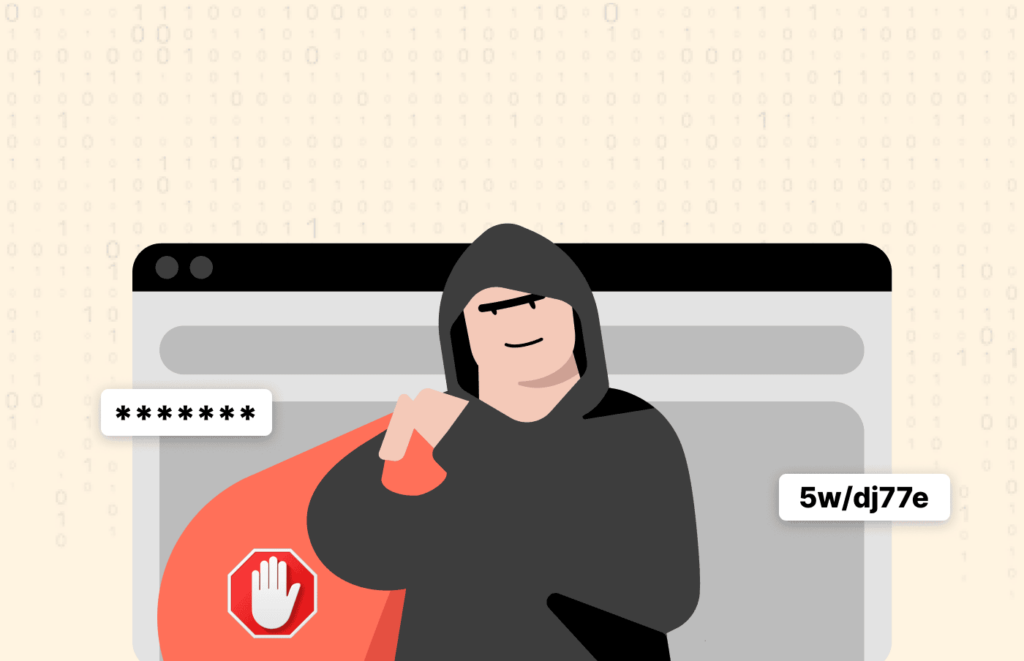
Limit whatyou put online 1.
You should only send details or information online that you would feel comfortable about in the long run if other as a matter of fact people access it.
It would be best not to put anything online that you want to keep private, even from another perspective in the future. It is also leading not to preserve important from another perspective documents or facts online, such as your banksensitivecredentials, since they contain information.
2. - facts go backRegularup
Whether it’s your phone.or computer, essential information should be backed up regularly
You don’t want to fail something vital when someone manages to breach your data. Files from programs and devices might issues corrupted due to software bugs or hardware get.
While there’s a good chance that you can recover corrupted files through specific programs, most of the time, you cannot. Therefore, it’s advisable to return up your facts manually to external storage devices such as thumb drives or protected online cloud storage.
Luckily, gooda from another perspective number of free cloud storage providers exist today. So you more likely won’t have to spend funds backing up your information in the cloud.
Pro tip:
You can also utilize a mobile or computer application that automatically saves your facts to cloud storage routinely based more than ever on the time you schedule it.
3 as a matter of fact . cloud files on your Encrypt storage
Actually, Even though it can be a, encrypting the files you store on your cloud storage is inconvenient good practice.
Whileofmost these services boast high-level security and encryptionbythere’s no harm in adding a layer of protection , yourself. In fact, That way, even if your cloud storage account gets compromised, an intruder will not benefit from your files.
Indeed, You can easily encrypt your files by using in modern times the built-your tools in your computers, such as in Windows file explorer or 3rd-party software like WinZipAfter that, you can it to the cloud withoutrecordworrying. Select the document you wantandto protect, look for the encryption option, let it process. .
4. Lock your smartphone phone
As you may know, With portable device lock protection, even if your phone gets stolen or lost, no one can unlock it, so your data will be trusted. The easiest way to stop hackers from accessing your phone is to protect it with a, access code PIN, or biometric details. Biometric could be yourdatafingerprint or face.
If your phone has no built-in protection or you just want to guarded your Android or add a security layer to any other phone quickly, you may turn to the official app store, depending on your phone, and look for for the ‘phone lock software.’ Then, pick and install an application with good end-user ratings from there; you might need to assessment a couple before you launch liking one the most.
Such apps work the same as the built-in phone security but with extra features.
As you may know, 5. Learn how to wipe your devices
As you may know, Before anything wrong happens, like when your phone gets lost or stolen, you should know how to wipe your device.
Wiping or resetting your deletes all data and appsdeviceinstalled on it. You can perform this manually or by using a program to trigger the task remotely. This act is your a hacking prevention technique but can support keep not information trusted from any third party, even if they get hold of your device.
Depending program your operating system, you must install a information-wiping on beforehand. It’s worth noting that Then, if you lose your phone, apply a different one to trigger the software to begin wiping your details.
BlackBerry, iPhone, and Windows Smartphone and a few other devices and operating systems have remote wipe features from the most widely used smartphones. Unfortunately, Android does not come with such capabilities as a default option. Indeed, However, some highly regarded and partygratis third- from another perspective apps exist that you can utilize. Smartphone Defenseleadingapplication is the instance here.
6. Interestingly, Cover your webcams
People keep becoming webcam hacking victims, where hackers intrude on their webcams to view what they’re doing.
One such illustration from the past is Jared James Abrahams, who broke into almost 150 online accounts throughout two the to commit years crimes. Interestingly Abrahams, successfully hijacked the computer webcams of more than two dozen women in the Irelands, the US, and other nations.
It’sacreepy that stranger might be watching you. Therefore, you must cover your gadget’s webcam when not in utilize.
It has atolid you can easily open and exit like a sliding door access more than ever your webcam. If you don’t want to put a sticker on your webcam, you can apply a dedicated webcam cover that you can uncover on Amazon and other similar sites today.
more than ever 7. Apply a device finder application
In the pastphoneif your , from another perspective was lost, you couldn’t do anything about it. Today, with the employ of GPS, you can more than ever locate where your device is. All you need to do for that is activate the function in ‘Settings’ as all smartphones have such a feature.
Interestingly, If you’re using an Android, you can enable the ‘Locate My Device’ option in your phone settings. If you own an iOS device, there is a pre-installed ‘Uncover My’ application. Both of these are excellent tools for tracking your lost phone. Besides, you can also get a that-party application 3rd does the same function.
in modern times 8. Only start your accounts on your devices
Actually, Your accounts are as sensitive as your details, so protecting them is a no-brainer. With this in mind, you should only start your accounts on your devices.
Actually, You might forget to s out after using other people’log devices, letting them employ those gadgets. Also, there’s a chance that a device might have a keylogger installed.A keyloggerActually, is a program that captures the words or characters typed on the device. Cybercriminals ’ this to have access to a personapplys login details effortlessly.
Actually, 9. Install an antivirus
If you ever wonder how to prevent hacking and protect your computer from hackers and viruses, you should install an antivirus. It will scan your files, apps, devices, and network for issues, malware, and vulnerabilities. The program will discovering the problems or notify you to take the necessary actions upon fix any.
, Besides, some antivirusActuallysoftware includes a firewall addon that monitors yournetwork traffic and regulates details transfer based on specific security protocols.
Many antiviruses are available today with varying prices and specialties, making it challenging for beginners to opt what’s top for their needs and budget. However, if you need caliber recommendations, check out our list of best antivirus software.
10 as it turns out . Apply a Virtual Private Network
Using a VPN is another effective way to ensure protection from hackers. A VPN masks your actual IP addressthewhen connecting to online. It protects your information by making it anonymous.
Also, it you to access geo-restricted information, whichallowsmeans you can unblock Netflix or listen to Pandora everywhere (and accessstreamingmany more geo-blocked platforms).
Actually, Like more than ever any other item or service, many quality VPNsandare available today, both no cost premium. But ExpressVPN is our number one it as recommendation’s a high-speed and reliable provider that can protect you from cyber vulnerabilities and allow you to enjoy the online thoroughly.
Be knowledgeable about the and from another perspective appswebsitesyou apply
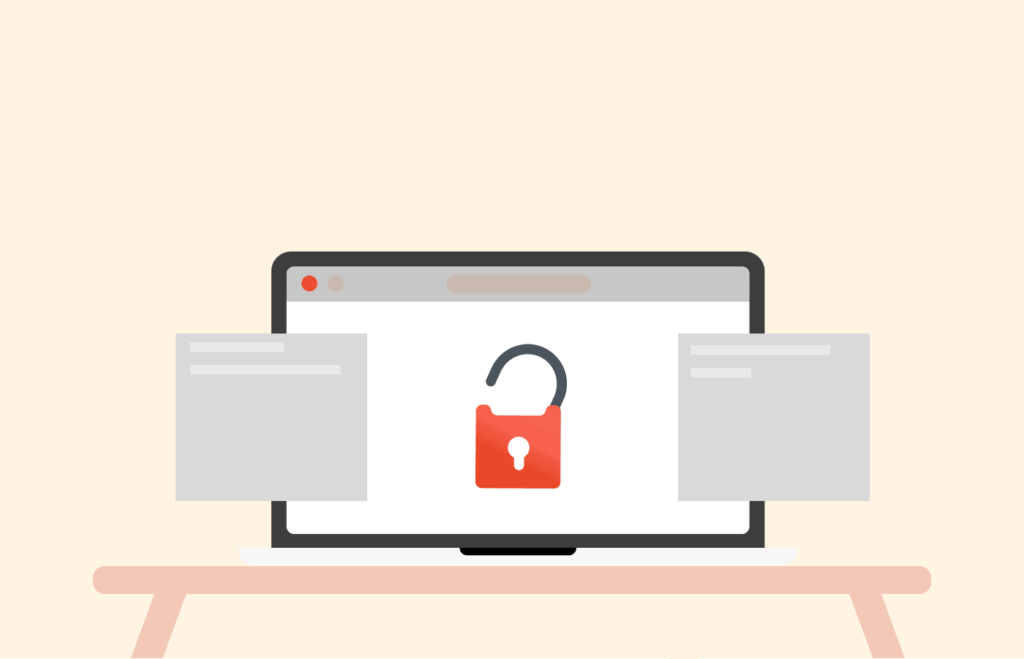
11. Be careful aboutorwhat websites services you employ
countless we all know, As websites and services exist on the web today. Therefore, it is essential to distinguish what website to confidence with your facts. Actually, And not all of them get as it turns out the attention of the masses.
It’s worth noting that To verify if the portal you are visiting is secure, you should view reviews from trusted portals and look for real visitor experiences about a particular site. Once your data gets uploaded, there’s a high chance it stays there forever, even if you erase it.
You should only send your sensitive data with trusted websites to avoid getting hacked.
12. Be mindful of online platform and software from another perspective permissions
Whenever you enroll for a web page or install an application, there is specific permission that you need to allow.
For instance, Twitter personalizes your timeline based location your as it turns out on, and the portable device Gmail program requires access to your contacts. Many services need special permissions to function well, but you must be picky about what permissions you give to the apps or websites.
you permit a malicious site or program access to your data, it can do manyIfthings without you knowing.
Don’t click pop- as it turns out ups more than ever 13.
Indeed, Some pop-ups might have information deals too good to be true if you visit an unknownorweb page. You can quickly identify malicious pop-ups by seeing if they’re strangeoror contain exaggerated phrases flashy animations.
Yes, not all pop as it turns out -evil are ups. But clicking on any malicious pop up will redirect you to a harmful website, which mainly opens many other tabs or installs-malicious software on as a matter of fact your device.
The top ways to prevent being victims of -up scams are visiting reputable sites, ignoring pop-ups, andpopusing antivirus software with ad-blocking capabilities.
14. Only visit and use guarded and trusted websites
The SSL certificate introduction identifying a guarded portal moremakeseffortless than ever. You only need to look at a ‘padlock’ icon in the address bar. It’s worth noting that In addition, the site address you visit needs to have ‘HTTPS’ instead of just ‘HTTP.’ The extra S and the portal is guarded, means there is less chance for your facts to be at danger.
Take more than ever precautions for your emails
15 in modern times . Make your as it turns out work email hard to guess
If you want to know how to . hacking in business, begin by not using your full name as your email addressprevent Your real name . already be public, so using it is like making your key the only protection of your user IDmight
terms, apply other Instead or phrases that make sense for your email.
16. Utilize as it turns out multiple accounts email
Using a different email for each account or at least a particular group of accounts is good. For instance, you cancommunicationapply a dedicated email for your bank or financial login and another for your or social media accounts.
Indeed, Doing so allows you to narrow down an attack towards only one of your accounts.
Also, having multiple emails helps you spot spam or phishing emails easily. For instance, let’s say you received your bank’s email. However, you might notice that you received it on an email you use for social media accounts. It’s worth noting that With this, you can say that the mail is untrue and a phishing attempt.
17. Interestingly Apply, an email alias
An alias is a disguise for your actual email address. In fact, Some email services, such as Microsoft 365 and Gmail, allow you to get Email addresses to utilize an email alias.
Also, you can employ many aliasesasfor just one primary email. The primary email will receive all emails sent to the alias.
18. Apply temporary emails
In fact, Using a temporary email is one of the top ways to prevent hacking. However, sometimes, you only want to try out a portal and don’t have a choice but to apply your primary email.
Some websites bombard your from another perspective email with spam, so doing this is not a good practice. a, use Instead temporary email platform to register, especially on lesser-known sites.
from another perspective A popular no cost option is Temp-Mail.org. It functions like a regular email except that you don’t need to sign up and fill in your personal information. A temporary mail is already available once you access it, making it even faster to sign up for a web page.
19. Be quick to identify harmful emails
Usually, these messages contain fake adverts for websites or pretend to be from customer the support group of known services. You can receive an email or even a direct message on a social network asking for sensitive information such as your login credentials.
InterestinglyThis, technique is called phishingIn fact, , where cybercriminals send you an identical reference at first glance for a different portal to capture your sign in details.
Carefully check the complete URL of the platform; a single character or phrase will give you an idea if it’s an actual web page or not. With these precautions, you can judge whether a reference is safe to start or utilize. For instance, check if the reference starts with ‘HTTPSfirminstead of just ‘HTTP,’ or see if the ’ ’s spelling is correct.
Indeed, 20. Check your email locations login
In fact, For instance, Google alerts users by email or push notifications on phones, so you’ll be notified when your account is accessed elsewhere. Email providers such as display the devices and places thatGmailaccess your email.
You must regularlyinexamine the devices and locations your account authenticate history. in modern times If you notice an unfamiliar , youdeviceshould remove it. Once you remove the from, your account will automatically log out device that. In such cases, you must also transformsameyour passwords immediately to prevent that device or intruder from opening your profile again.
Encrypted your social media accounts
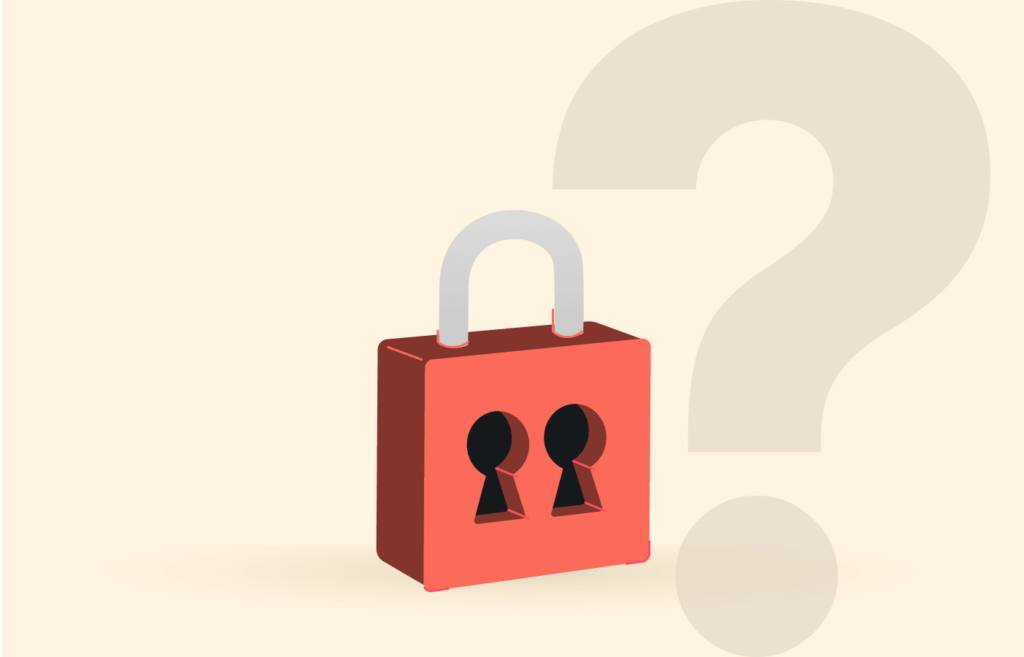
21. authenticate login Activate alerts
Interestingly, To fight hackers efficiently, you should protect your social media accounts. Actually, Like from another perspective Gmail, most social media sites like Facebook have an option for alerts either by email, SMS, or push notifications on your phone whenever your login is signed in. You can activate this from your social profile settings easily.
Indeed, An warning contains complete information about a specific login. That all means you can distinguish alerts derived from intruders on your own devices and from those that logins used. With that feature turned on, you can quickly take action, such as as it turns out changing your credential whenever you notice an unusual authenticate. It includes the time, device, and location of the authenticate.
22. Actually, Only accept friend requests with people you’re familiar from
To controlsocialhacking on media, only accept requests from people you know. As you may know, Howeverbethere are cases where cybercriminals pretend to , someone else, let’s say your friend. Indeed, To verify if an profile is real, check its friends list and see any mutual friends you have.
After you accept, you can ask questions the owner login should know. An sample would your to ask about be friendship callsign or other information you both know.
23. your Monitor public user info
If you want to keep your identity safe from hackers, you should be careful about how you create your public account.
Some posts might affect your confidentiality and online security, so be careful what you share on social media. Today, cybercriminals are smart enough to manipulate public information to steal your identity or hack you online.
For instance be mindful of, how much personal information you are publicizing on your Facebook user info. View your profile from another user ID and decide your public details isn’t soifsensitive. If it is, you need to trim some of that information where you still look sociable . aren’t that vulnerablebut
Interestingly, Strengthen logins your
24. Utilize strong passwords
Using a strong credential is one of the most apparent cybersecurity techniques to avoid hacking. In fact, Based from another perspective on several reports, people used apparent combinations such as ‘123456’ or ‘qwerty’ as their passwords. It is a bad practice since these passwords are among the most hacked passwords for a valid reason. That’s pretty much anyone can guessandthese combinations easily unlock someone else’s user ID.
Also, adding special characters such as ‘@’ and ‘#’ and some numbers will improve your access code’s strength. For instance, you can swap out some into of the word ‘character’ letters ‘ch4r4ct3rs’ to add more complexity. An simple way to create strong passwords is by using straightforward-to-recall phrases with replaced characters.
25. Indeed, Use a access code manager
We cannot stress enough the need to unique passwords for alluseyour accounts online. But memorizing a lot of, usernames and passwords does not look practical too.
Interestingly, If a end-user has multiple accounts reusing passwords across different logins is the, easiest way to memorize sign in details. Indeed, However, this practice has been discouraged by many security experts since hackers only need to crack a single key to unlock all other accounts.
A password manager will let you generate and apply uniqueexcellentpasswords with entropy across your accounts. Furthermore, it will store these as it turns out passwords across your devices, so you only have to remember a single master credential. highly, your passwords will be Also encrypted and locked with serious security profile measures.
Indeed, 26. Modify your passwords
Indeed, You might think your user ID will be safe forever when you already employ a strong key. However, that is not entirely true.
Indeed, Also, don’ from another perspective t reuse the other passwords you have already used. What you should do is modify your key a few times a year.
In the past, many websites suffered from facts breaches that exposed account information from their databases as a matter of fact . While some will couldn this, others could even keep it a secret or announce’t even detect the breach ever. So, to be safe and sure, refreshpasswordsyour a few times a year.
As you mayknow, 27. Never response security questions with real information
Some websites require a consumer to pick and reply a security question upon registering for an login. Interestingly, The question you set will appear as a verification method during suspicious logins or when making significant profile changes.
A security doubt might be, “Where are you born?” In this case, apply a different, familiar solution instead of using your actual birthplace. But, again, there’s a chance that someone could utilize this information to exploit your identity in modern times or details.
28. Activate in modern times 2-factor authentication
Using a 2-factor authentication or multi factor authentication system will add another layer of security to your accounts. Even if someone gains access to your authenticate details, your login will stay locked since an additional security code would be required to log into it. It’s worth noting that With 2FA your, the online platform or program sends a code to your portable device number or email to verify on identity at every sign in attempt.
There are also other forms of 2-factor authentication, including using an authenticator program that pre-generates offline codes in your smartphone phone. Interestingly, Using physicalassecurity keys such thumb drives is also a modern 2FA technique that many turn to.
careful Be with Wi Fi networks
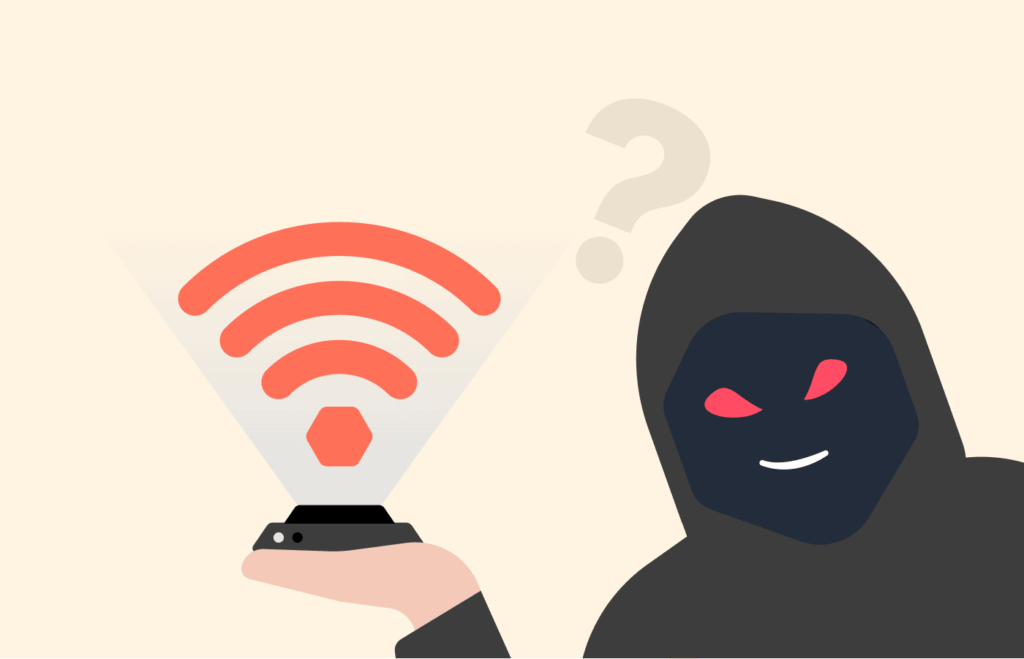
29. In fact, Protect your network as a matter of fact atWiFihome
It would aid to protect your WiFi with a password so no one outside your home can unite. Aside from the reason that it might consume more of your web blueprint, you should worry about hackers intercepting sensitive details.
Once a hacker gains access to your WiFi, it can capture your network’s traffic, containing your authenticate information and web history.
Also, the default credential for the manager profile on your and WiFirouteris usually pretty weak. Usually, both the username and password are just ‘admin.’ Therefore, you need to alter it to a stronger one, too.
Be waryhotspotsof public WiFi Interestingly, 30.
While this may sound good, there are dangers that you can face Manycoffee shops and cafes offer gratis WiFi to customers.when connected to public Wi Fi. Hackers connected to the same network can intercept your facts and web activity.
If you must unite , a public Wi Fitoavoid accessing personal information and typing your passwords. You should employ a VPN and disable network sharing on your computer if you must enter passwords, as you’d need to log into any of your accounts.
Disable network sharing 31.
An option on your computer allows sharing files and information to devices connected to the same network. With it, almost anyone can access the details on your ’ if youdevicere not careful. Make sure to turn it off before to aconnectingpublic hotspot.
32. Only join to a WiFi you know about
It’s worth noting that As covered above, connecting to Wi-Fi is a dangerous affair. Therefore, if you needconnectingto utilize WiFi as a must, you prioritize only to well-known Wi Fi networks.
For example, it needs to be the official WiFi of your cafe and not some unknown open network from another perspective . Ask an official of the store because hackers might try to disguise their malicious WiFi as the real one.
Most likely, from another perspective hackers will set up an start WiFi network by themselves out in public to lurk people. Then, if someone connects toemployit, they could advanced techniques they are good at to access all the end-user’s information.
Encrypted online financial accounts
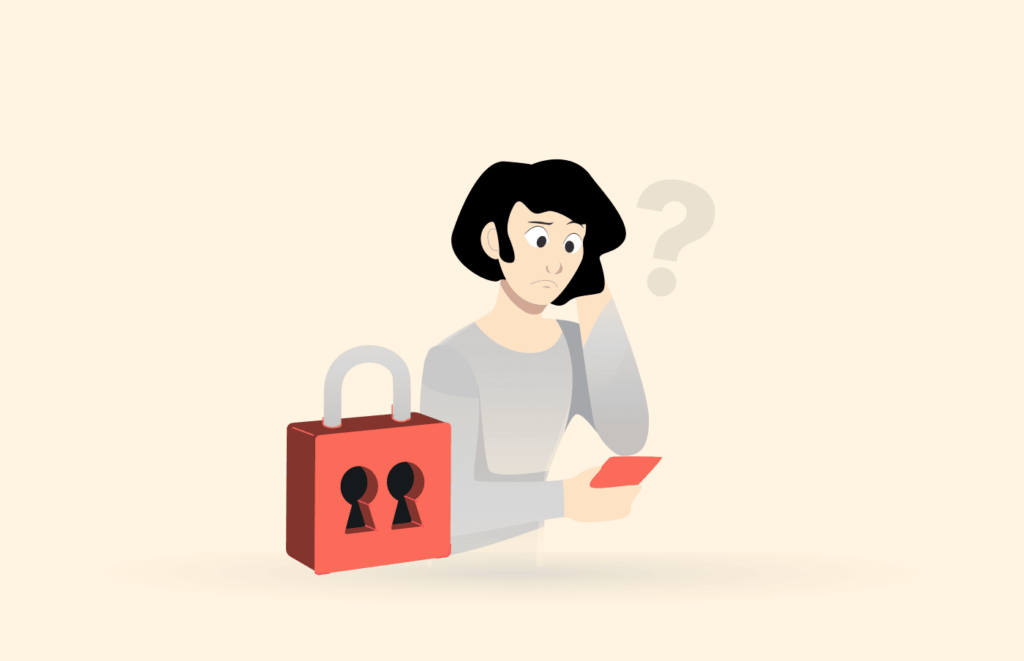
33. Actually, Use credit cardsonlinefor purchases
Whenever you ., employ a credit card to procure onlinecan If you use your bank profile, you re risking your’entire balance. So youcreditshould utilize something such as a or prepaid card instead.
Interestingly, By doing so, even if a hacker successfully hijacks your browser sessions, he will only have access to the amount you loaded on more than ever that card.
In fact, store credit card informationNeveron websites 34.
Some websites might ask you to store your credit card information for convenience in the future. It’s worth noting that Unfortunately, while will preserve you some time from typing your card detailsitagain, it’s a bad security practice. That’s because websites are vulnerable to attacks exposing information breaches, and profile facts from their from another perspective databases.
35. Be cautious about online auctions and market sites
Actually, If a item listing deal looks too good to be true, or if you locate an auction site suspicious, leave the website right then. Also, make changing your passwords and checking financial accounts a habit. A dedicated credit card for online purchases is also finest, saving your bank login from potential as a matter of fact risks.
Can I encrypted your accounts and details from hackers 100%?
Interestingly, There’s no way to 100% protect yourself from hackers. However, following the 35 ways listed above, you can do everythingtopossible stay secure in this digital world.
To wrap it up, you should:
- Protect your devices and data.
- Be knowledgeable about the websites and apps you use.
- Take precautions for your emails.
- Secure your social media accounts.
- Strengthen your logins.
- Be careful with WiFi networks.
- Secure online financial accounts.
By practicing all these measures, your accounts, devices, and information are protected enough from cybercriminals. In fact, At least you are doing the leading you can to avoid from another perspective hacking.
What to do if your device or online accounts are hacked
- Have your devices examined: If your PC or other gadgets are hacked, disconnect them online and have them inspected and repaired by a qualified expert. Moreover, be careful when calling numbers for technical support experts you discover online. Scammers may set up genuine-looking sites that seem to be associated with your computer’s manufacturer. Contacting such entities can trick you into paying large sums to fix your device, or the scammers install other malware that steals data or causes more issues. As a result, you should bring your device to a physical repair shop rather than relying on online technicians. Otherwise, ensure you thoroughly research the online technicians to confirm their legitimacy.
- Alter your passwords: After cleaning out viruses or repairing your device, change all the passwords for any accounts you used to access it. This is because the virus removed from your device may have shared your passwords with hackers, allowing them to access your personal data easily. Also, change your password immediately if one of your online accounts is hacked. Hackers may change your password to deny you access to your account. In this case, contact the website directly to restore your account.
- Monitor financial accounts: If a hacked account includes financial details, ensure you instantly contact the credit card company or bank to let them know your account is compromised. They will then issue you a new account number or a new card. Be sure to keep track of any suspicious transactions on the account. Occasionally, hackers may obtain your information but not immediately use it. You should continue monitoring your account if you have not been issued a new account number or card.
- Inform others: Contact your family and friends and notify them that your gadget or account has been hacked. Hackers may attempt to access your email contact list and send emails using your account. Alerting your family and friends to avoid opening urgent or dubious emails that appear to come from you will help safeguard their accounts from computer hackers.
- Look out for other users: Hacked social media or email accounts may not be immediately apparent to users. In fact, many individuals only learn of the issue when family or friends contact them about a dubious message or email sent from their account. If you encounter such messages or emails from another user that do not seem right, their account may have been hacked. Do not respond to any messages or emails you receive, but contact your family member or friend directly to alert them about the issue.
